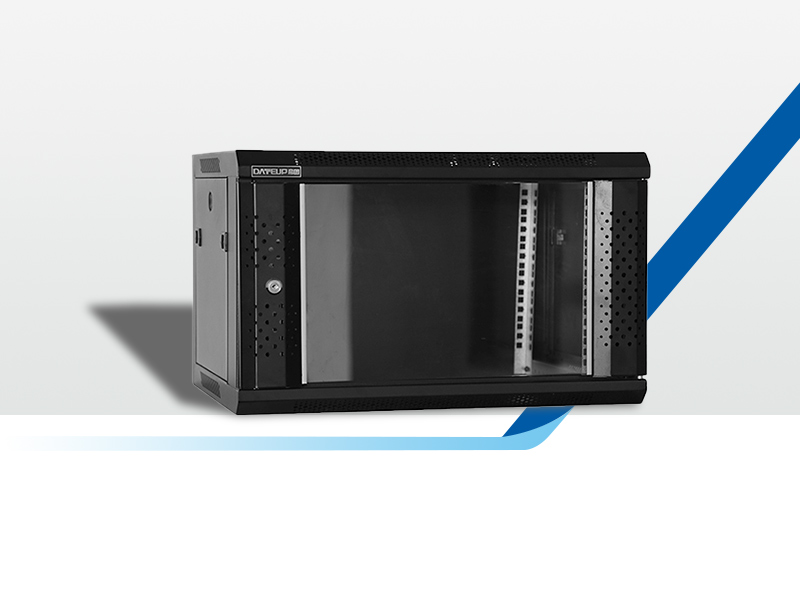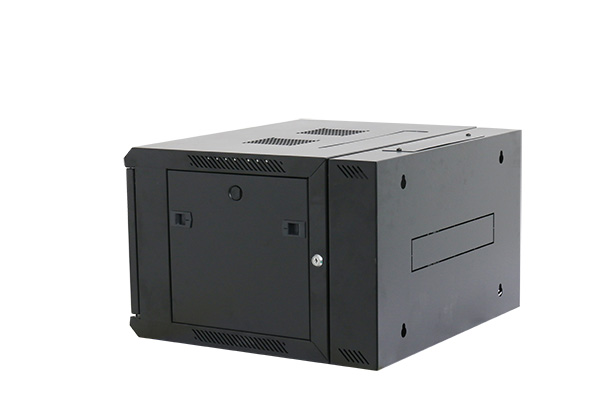How Network Cabinets Enhance the Development of 5G?
In today’s world, connectivity plays a vital role in every aspect of our lives, and the emergence of 5G technology is set to revolutionize the way we connect and communicate. 5G is the fifth generation of wireless technology that promises faster speeds, lower latency and greater network capacity than previous technologies. However, to take full advantage of 5G, the underlying infrastructure also needs to be upgraded. One component of this infrastructure is the network cabinet.
Network cabinets, also known as data cabinets or server racks, are important pieces of equipment used to house and protect network and telecommunications equipment. It provides a secure and organized environment for critical infrastructure components such as switches, routers, servers, and storage devices. With the arrival of 5G, network cabinets have become even more significant.
One of the key reasons why network cabinets are driving the development of 5G is their ability to support massive growth in data traffic. 5G technology enables faster speeds and higher data transfer rates, leading to a surge in data consumption. Network cabinets feature scalable and modular designs that facilitate seamless expansion of network infrastructure to meet growing data demands. They provide ample space to accommodate the additional equipment required to support the increased network capacity, ensuring smooth, uninterrupted connectivity for 5G users.
The deployment of 5G networks also requires denser network infrastructure composed of small base stations. These small cells require network cabinets to house the equipment needed for signal amplification and transmission. Network cabinets are compact and versatile, making them ideal for installation in areas where space or aesthetics are limited. Network cabinets enhance the coverage and accessibility of 5G networks by providing a suitable environment for equipment and enabling the effective deployment of small base stations.
In addition, network cabinets play a crucial role in ensuring the reliability and uptime of 5G networks. With the increasing reliance on always-on connectivity and the need for ultra-low latency applications, network cabinets must be equipped with advanced cooling and power management systems. The high-performance servers and network equipment used in 5G networks generate large amounts of heat, which can adversely affect performance and reliability. Network cabinets with efficient cooling mechanisms ensure equipment operates within an optimal temperature range, minimizing the risk of downtime and system failure.
Security is another important aspect that network cabinets need to address in the context of 5G. As 5G is capable of connecting billions of devices and supporting a variety of emerging technologies such as the Internet of Things and autonomous vehicles, the need for strong security measures becomes critical. Network cabinets provide physical security for sensitive equipment through lockable doors, access control systems, and surveillance cameras. This helps prevent unauthorized access and protect against potential cyberattacks or data breaches.
To sum up, network cabinets are indispensable for promoting the development and deployment of 5G technology. They provide the necessary support for increased data traffic, enable efficient deployment of small cells, ensure reliable and uninterrupted connectivity, and provide necessary security for critical infrastructure. As 5G networks continue to evolve and expand, network cabinets will remain an important component in optimizing the performance, reliability and security of these networks.
Post time: Nov-14-2023


